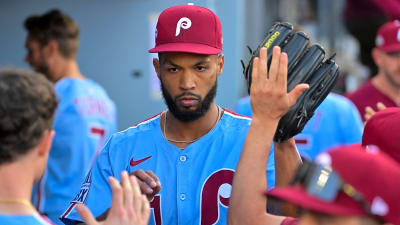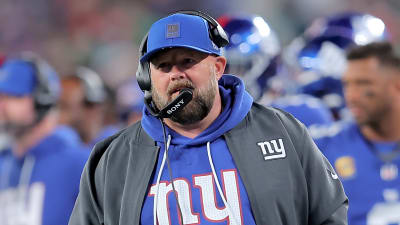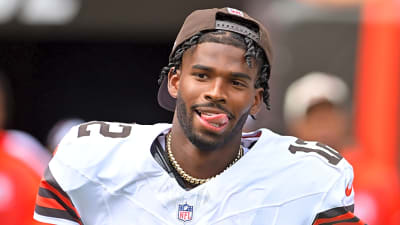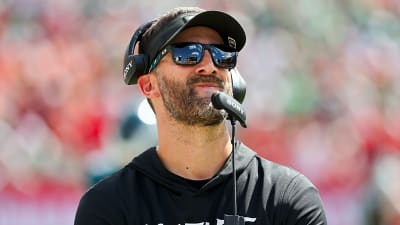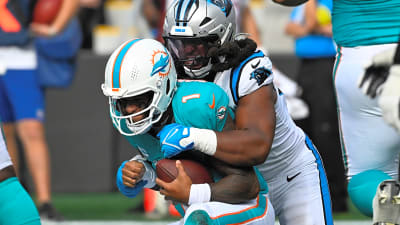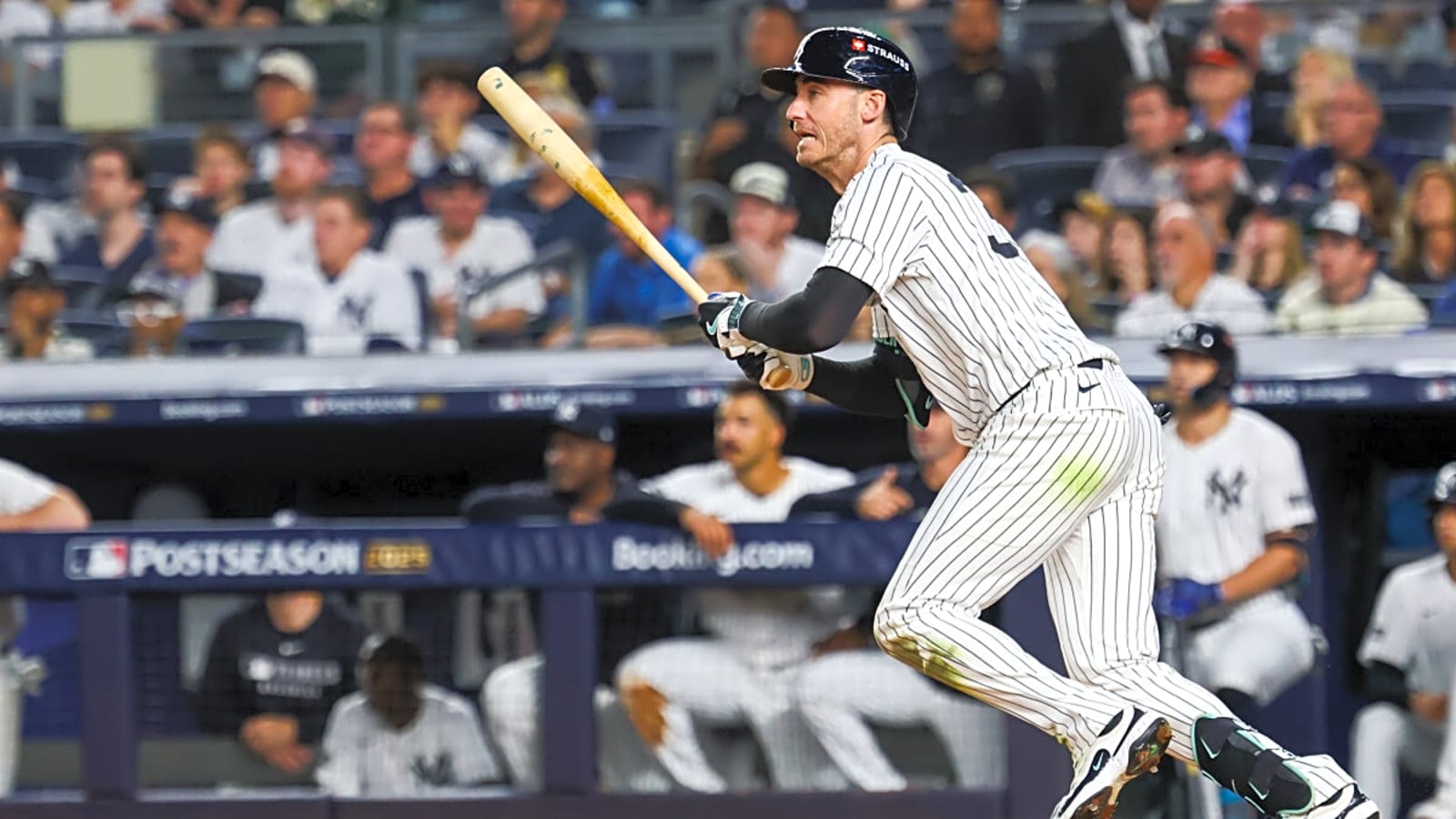
Highlights
• Cody Bellinger gave the New York Yankees a steady middle-of-the-order bat and versatility after his trade from the Chicago Cubs last winter.
• He hit .272 with 29 home runs and 98 RBI, entering free agency if he declines a $25 million player option for 2026.
• His contract was originally a three-year, $80 million deal with opt-out flexibility. The Yankees acquired him with cash offsets.
Just minutes after the New York Yankees' season ended unceremoniously in the American League Division Series, Cody Bellinger wasn't ready to look ahead. After the loss to Toronto, he told reporters he hasn’t decided whether to opt out of his contract. He kept the focus on the season, but the decision now takes center stage.
What’s clear is that his first year in the Bronx worked.
Bellinger produced at the plate, added flexibility in the field, and gave the Yankees a left-handed anchor their lineup had been missing.
How the Trade Happened
The Cubs originally retained Bellinger when he exercised his option for 2025. But in December, the Cubs sent him to the Yankees for right-hander Cody Poteet. Chicago included cash in the deal to offset the salary. That gave New York a plug-and-play outfielder and first baseman without touching the top of its farm system.
His Season in Pinstripes
Bellinger’s 2025 stat line was strong.
He hit .272/.334/.814 with 29 home runs and 98 RBI. His WAR of 5 was second only to Aaron Judge.
He started at all three outfield spots and filled in at first base when needed. It wasn’t a career peak, but it was exactly the steady presence the Yankees needed to balance their right-handed-heavy lineup.
The Contract Details
Bellinger signed a three-year, $80 million deal with Chicago, structured with player flexibility. He exercised the option to stay for 2025, and the Yankees acquired that contract. The next trigger is a 2026 player option worth $25 million. If he declines, he walks away with a $2.5 million buyout.
It would be almost unbelievable if Bellinger did not take the opt-out. He would certainly get more than $25 million on the free-agent market.

The Outfield Market
If Bellinger opts out, the Yankees will have competition. This winter’s outfield class includes:
- Kyle Tucker: a premier bat entering his prime, and the top name on the market.
- Cedric Mullins: a glove-first center fielder with speed and bounce-back potential.
- Trent Grisham: defense and on-base ability, coming off a career year at the plate.
- Tyler O’Neill: power from the corner spots, health permitting.
- Lourdes Gurriel Jr.: reliable production from a corner, with an opt-out wrinkle.
- Max Kepler : solid corner option who raise a team’s floor.
- Harrison Bader: a defense-first fit who could still contribute in a part-time role.
It’s a deeper market than last year, with multiple ways to fill gaps. But few combine Bellinger’s unique mix of left-handed power and defensive versatility.
The Yankees’ Dilemma
New York can cover innings internally, but replacing Bellinger means solving two problems: finding a center-field glove and adding a left-handed bat with pop. Tucker checks every box but comes with a massive price tag.
That is the cleanest case for keeping Bellinger. He can do both jobs in one roster spot.
They also have to weigh the future of Jasson Dominguez, who became the odd man out in the outfield down the stretch, and prospect Spencer Jones.
What Comes Next
If the Yankees want to keep Bellinger, they can try to present an extension before the option date. That might mean ripping up the option and reworking the contract for longer security. If he declines, the Yankees will have to decide whether to stay in the bidding or pivot to multiple players.
Either way, the front office knows that this lineup is better when it has left-handed balance and a reliable glove in center. Losing Bellinger would complicate both goals.
Bellingers' Bill Comes Due
Bellinger’s first season in the Bronx proved his value. The Yankees don’t just need to decide whether they want him back—they need to decide how much they want to pay for simplicity. In a deep market, they could chase alternatives. But keeping Bellinger may still be the most efficient path forward.
More must-reads:
- Cody Bellinger could leave Yankees with significant hole in lineup
- Injured Mariners All-Star expected to return for ALCS
- The 'MLB playoff debut strikeouts leaders' quiz
Breaking News
Trending News
Customize Your Newsletter
 +
+
Get the latest news and rumors, customized to your favorite sports and teams. Emailed daily. Always free!

